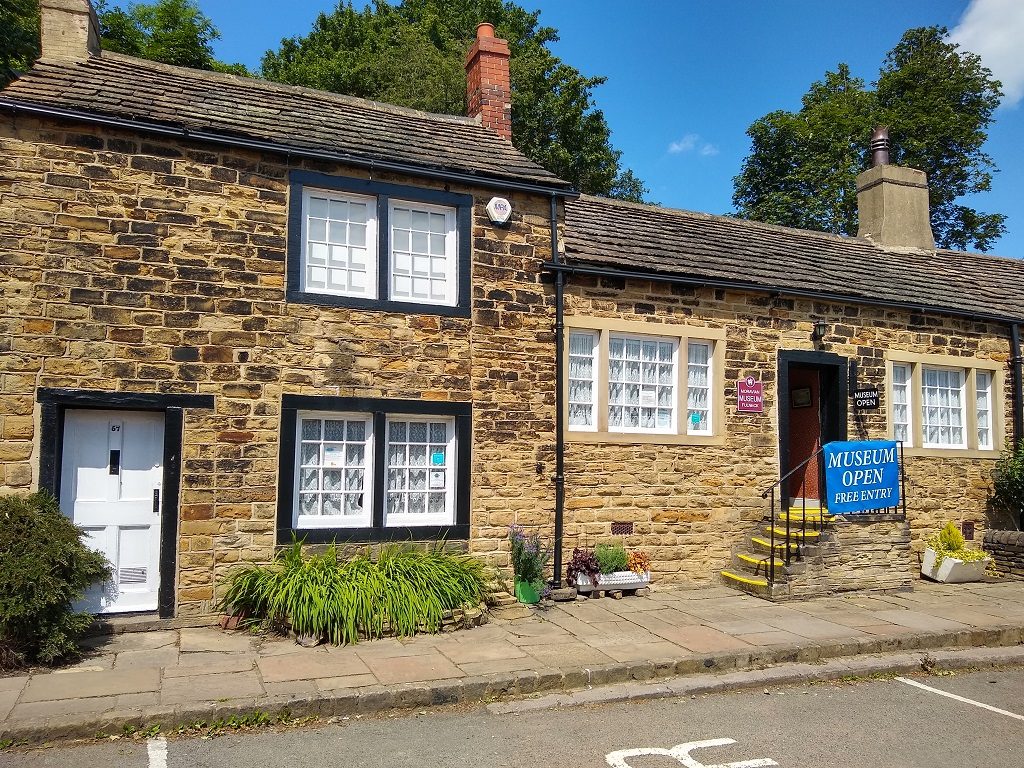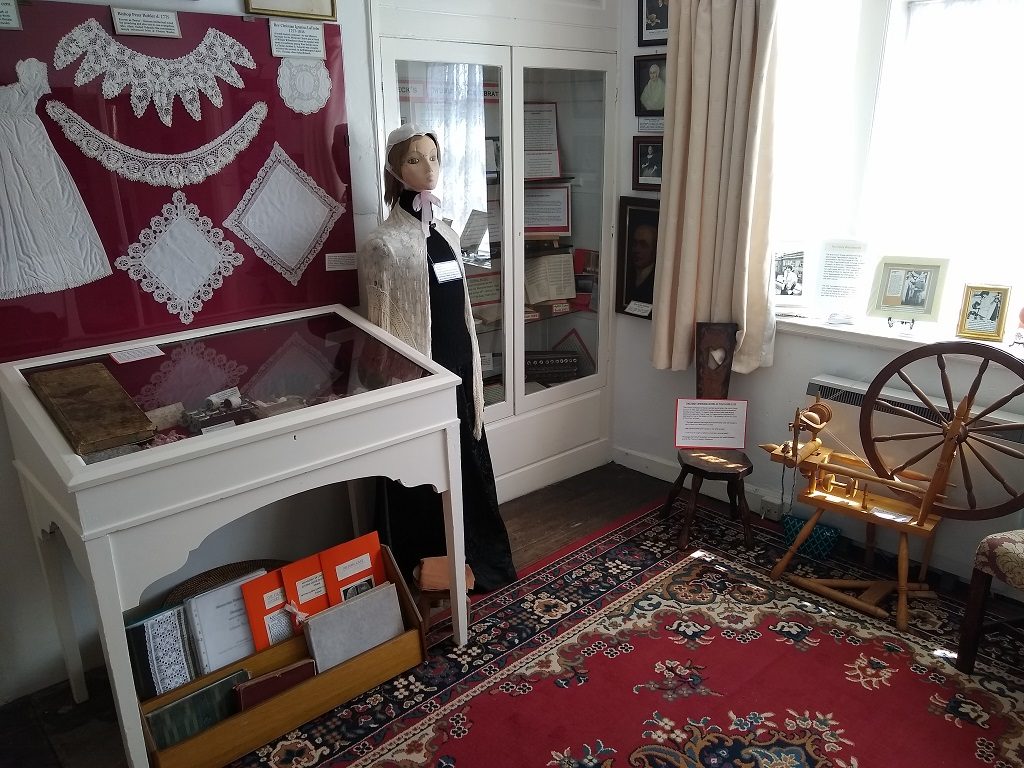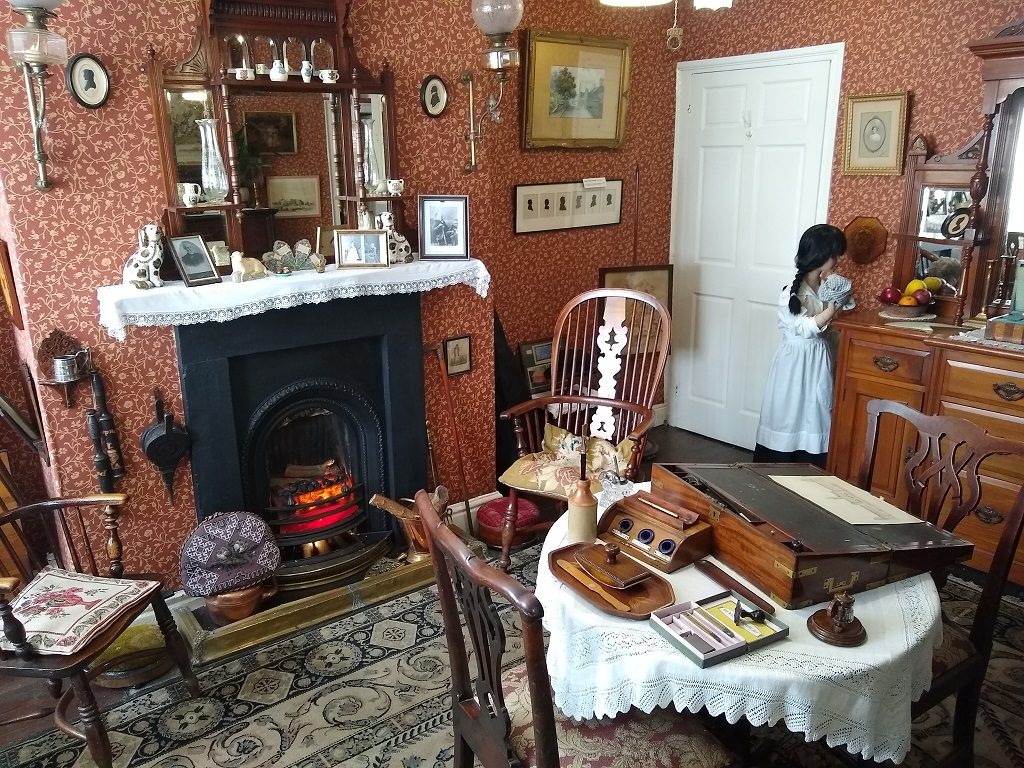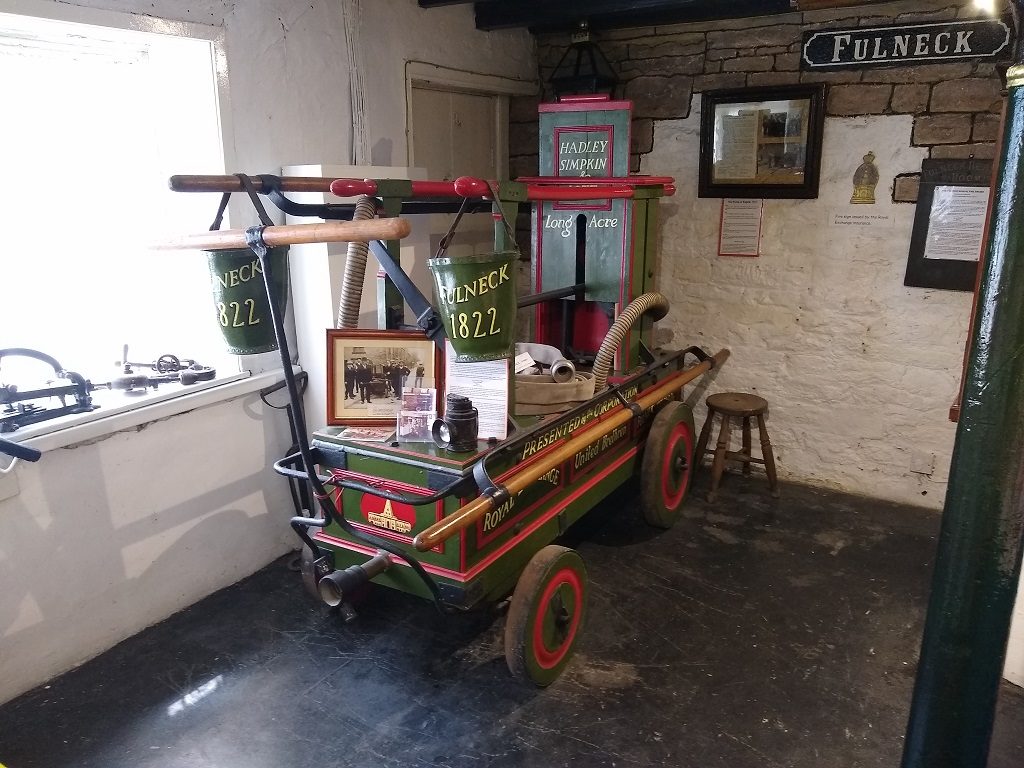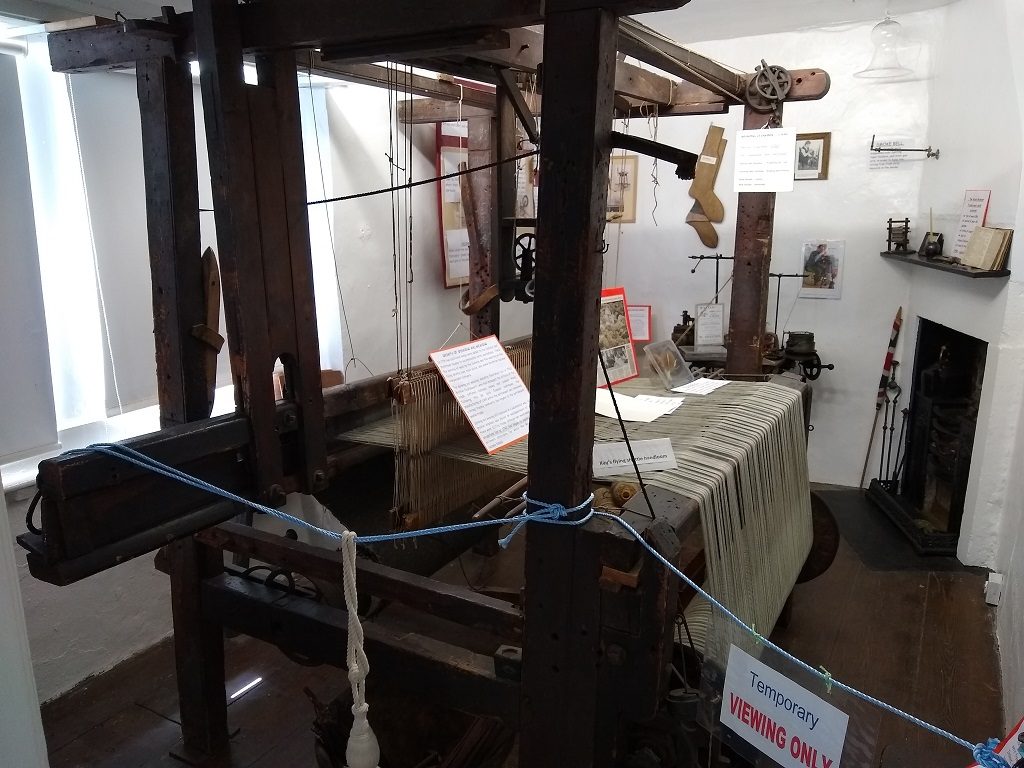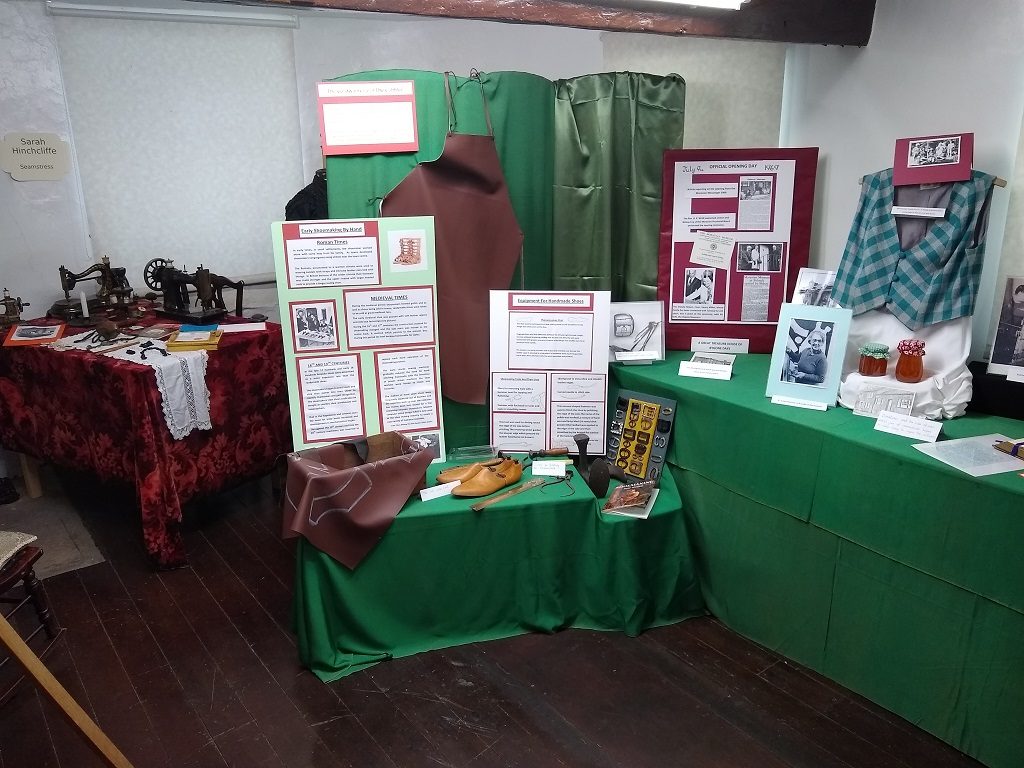A museum of artefacts concerning the history of the Fulneck Settlement and the Moravian Church worldwide.
Admission is free but donations are gratefully received.
The museum is run by volunteers and relies on donations from visitors and ‘Friends of the Museum’, charges for tours of the settlement and sales in the Museum Shop.
We are now on Trip Advisor, and have a Facebook group called ‘Fulneck Moravian Museum’.
We will be open from immediately after Easter and look forward to you visiting this fascinating small museum.
If you would like to know more about the museum please contact:
Maureen Ingham
0113 256 5180
museum@fulneck.org.uk
Origins
In 1968 two members of Fulneck Moravian Church, Sr E Harrison and Sr K Mitchell,decided to convert two almost derelict buildings to make a museum. The money needed was raised by holding coffee mornings, donations and 2,000 jars of marmalade. In July 1969, the museum opened with a charge of 5d for adults and 3d for children.
Moravian Room
Artefacts brought back by Moravian Church missionaries from Labrador and the Himalayas can be found in this room, as well as items relating to life at Fulneck Settlement. There are examples of whitework, known as Dresden lace, done by the Sisters in the 18th and 19th century as a trade to support themselves. Children may find the Inuit carved animals of interest, such as the ivory walruses.
Victorian Parlour
The parlour gives a suggestion of the leisure activities of the 19th century. There are toys of the period, writing a sewing implements and other items, in particular a collection of Goss souvenirs. The table is set for tea.
Fire Engine Room
Here is to be found the Fulneck Fire Engine and an account of its history. This room and the scullery have been used as a shop over the years among them a butcher’s and a shoe maker’s.
Kitchen
The artefacts in this room give us an idea how clothes and pots were cleaned in past times. There are a mangle, a winter hedge (clothes horse) and flat irons as well as other familiar items. Can you find the butter pats?
Loom Room
The working hand loom has a flying shuttle invented by John Kay in 1733 to enable one man to work the loom alone. There are also two sock knitting machines and both wool cloth production and sock knitting were occupations done by the menfolk to support the community. On the wall by the door are samples of cloth woven on this loom.
Costume Room
Period clothes and accessories can be seen here among a miscellany of items. There are dolls, children’s furniture, samplers and a model of a flax spinning wheel. One sampler made in 1769 is of special interest.
